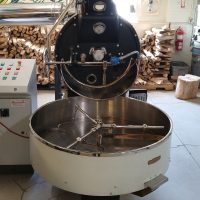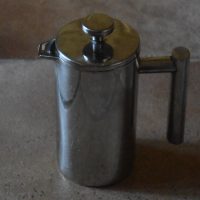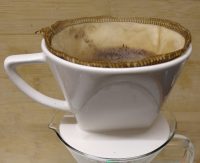 Regular readers will know that I have a soft spot for Portland’s coffee shop/roaster, Speckled Ax, which I first visited in June 2015. Back then, there was just the original coffee shop on Congress Street, with the roastery out in South Portland. However, Speckled Ax has been busy in recent years, opening its flagship Thames Street coffee shop in 2020, and then, a year later, moving the roastery to its new home on Walton Street, where it also opened a neat coffee bar.
Regular readers will know that I have a soft spot for Portland’s coffee shop/roaster, Speckled Ax, which I first visited in June 2015. Back then, there was just the original coffee shop on Congress Street, with the roastery out in South Portland. However, Speckled Ax has been busy in recent years, opening its flagship Thames Street coffee shop in 2020, and then, a year later, moving the roastery to its new home on Walton Street, where it also opened a neat coffee bar.
On my return to Portland at the start of this year, I caught up with Matt, owner of Speckled Ax. I’ve already written about the coffee bar, so today’s Meet the Roaster is all about the roastery. Although an outstanding roastery in its own right, consistently turning out some excellent single-origins and blends year-on-year, Speckled Ax’s particular claim to fame is as one of a handful of wood-fired coffee roasters in the USA (reminiscent of Witney’s Ue Coffee Roasters in the UK). The magic happens in a large, industrial unit behind the coffee bar, where you’ll find the 20 kg Petroncini, a refurbished Italian roaster from the 1970s, its fire box filled with local kiln-dried wood.









